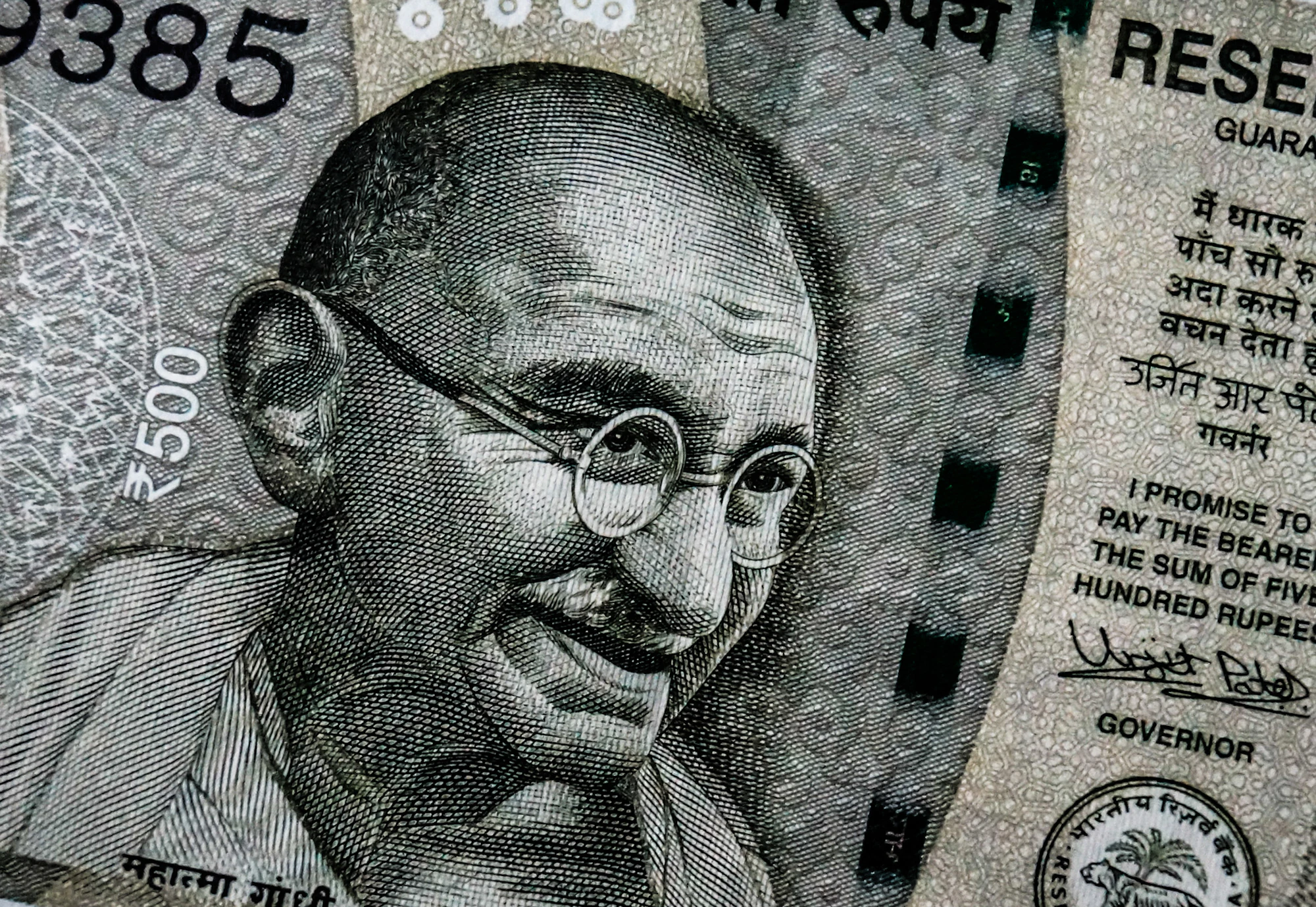Table of contents
- According to a currency report, the US dollar declined on Wednesday despite risk appetite increasing across the board.
- Since the FOMC meeting minutes revealed; most officials preferred a slower pace of interest rate hikes, the US Treasury yield fell, and stocks ended the day higher.
- The rupee's 0.30 percent depreciation yesterday due to FII withdrawals and investors' caution ahead of the FOMC meeting has policymakers concerned about the impact of quick policy tightening on economic growth and financial stability.
- Due to the upbeat outlook for the world economy, the rupee is anticipated to trade favorably.
- Investors are concerned that the global economy is deteriorating, as seen by business surveys that show a fall in output in many of the world's major economies.
- Strong resistance to the USDINR is present near the 82.00 level; if it continues to trade below this level, it may return to the 81.45 level.
- Given geopolitical upheavals, India and the United Arab Emirates had extensive agreements to strengthen the connection between food and energy security.
On Thursday, the Indian Rupee started the day 15 paise higher at 81.70 to the dollar. Amid increased equity market risk and positive global indications, the domestic currency is also anticipated to strengthen against the US dollar (1).
The rupee fell against the US dollar in the previous session due to dollar demand from importers and a rebound in crude oil prices. As a result, it is anticipated that the USDINR pair will move sideways with a bearish bias.
These prices contributed to continued outflows of foreign funds and concerns about an increase in COVID-19 cases in China, dampening investor sentiment (2). The local unit began trading at 81.81 on the interbank foreign currency market.
It decreased by 18 paisas from its previous close of 81.85 versus the dollar as the Indian Rupee traded in depreciated by 0.19% due to importers' desire for the dollar and a rise in crude oil prices.
The rupee was also affected by FII outflows, but the weak US dollar and strong domestic markets limited the damage. It is now anticipated that the rupee will trade with a bearish bias due to worries about the increase in COVID-19 cases in China (3).

The US central bank will not suspend its rate hike, despite some Fed officials' hints that they are open to a slower pace. Ahead of the FOMC meeting minutes later today, traders may draw clues from the manufacturing and services PMI, durable goods orders, and new home sales data. They may also exercise caution (4).
The projected trading range for the USDINR's current price is Rs 81.20 to Rs 82.50. The price of Brent crude oil dropped by 4% and is now trading around the $85 mark due to predictions of weak Chinese demand and decreased productivity (5).
This might strengthen the rupee even more because lower oil import costs would improve the trade balance. Technically, the USDINR pair is encountering resistance near 81.80 to 81.20, previously active as support.
From here, we can also anticipate that the pair will resume its downtrend, heading toward 81.30 to 81.00 levels in the near term and then further toward 80.50 over the medium term. In the last hour of the session, the rupee was under pressure as the dollar strengthened in anticipation of the FOMC meeting minutes published yesterday.
According to the minutes, Federal Reserve officials expect to switch to smaller interest rate increases soon and expressed concern about the effects rate increases will have on financial stability and the economy.
Major crosses rose in yesterday's session due to a less hawkish Fed outlook. Still, some committee members voiced concerns about risks to the financial system should the Fed continue to move forward at the same aggressive pace.
Today's dollar volatility may remain modest as US markets are closed due to the Thanksgiving holiday. It is anticipated that the USDINR will move sideways and quote between 81.20 and 81.00 (6).

What happened in the early trade?
In early trade on Thursday, the dollar dropped from its high levels, and the rupee strengthened 26 paise to 81.67 against the greenback. IFA Global Research Academy predicts that the rupee will trade in a band of 81.55-81.85 with sideways price movement due to its strengthening in offshore trading on the generalized dollar's weakening (7).
Post-weak US statistics and dovish Fed minutes, the dollar index—a measure of the dollar's strength versus a basket of six different currencies—fell 0.41 percent to 105.63.
IFA Global Research Academy reported that while some Fed members believed rate hikes would peak at higher levels, the most recent Fed meeting minutes showed that most Fed members supported accelerating the rate increases.
The 30-share BSE Sensex, which measures domestic equities, was trading 180.14 points, or 0.29 percent, higher than 61,690.72 on the domestic equity market. Likewise, the larger NSE Nifty increased by 66.50 points, or 0.36 percent, to reach 18,333.75 (8).

India-UAE deepens ties following Rupee-Dirham trade
On Tuesday, India and the United Arab Emirates held extensive talks to improve the food and energy security relationship in light of geopolitical upheavals. They also discussed starting bilateral trade in their respective national currencies, the Rupee and the Dirham.
The ministers remarked that the Comprehensive Economic Partnership Agreement (CEPA), which went into effect on May 1, has significantly increased bilateral trade. From April to September, India's exports to the UAE increased by 24% yearly to $16 billion, while its imports rose by 38% yearly to $28.4 billion (9).
On Tuesday, the foreign diplomats also discussed cooperation between the two nations in the UN Security Council, the current state of the world, and various regional hotspots. Since 3.5 million Indians live in the UAE, India and the UAE are currently non-permanent members of the UN Security Council. Both countries are protesting the use of UPI as a platform for remittances from this community.
The UAE has been invited to attend the G20 meeting as a special invitee, and both nations are also talking about investments of $300 million for the construction of a 300 GW hybrid (wind and solar) power plant and $2 billion from the UAE to build food corridors in India.
This indicates that India's rupee border is expanding and moving forward on the currency chart despite the recent currency bounce.

Current Status:
1 United States Dollar equals























